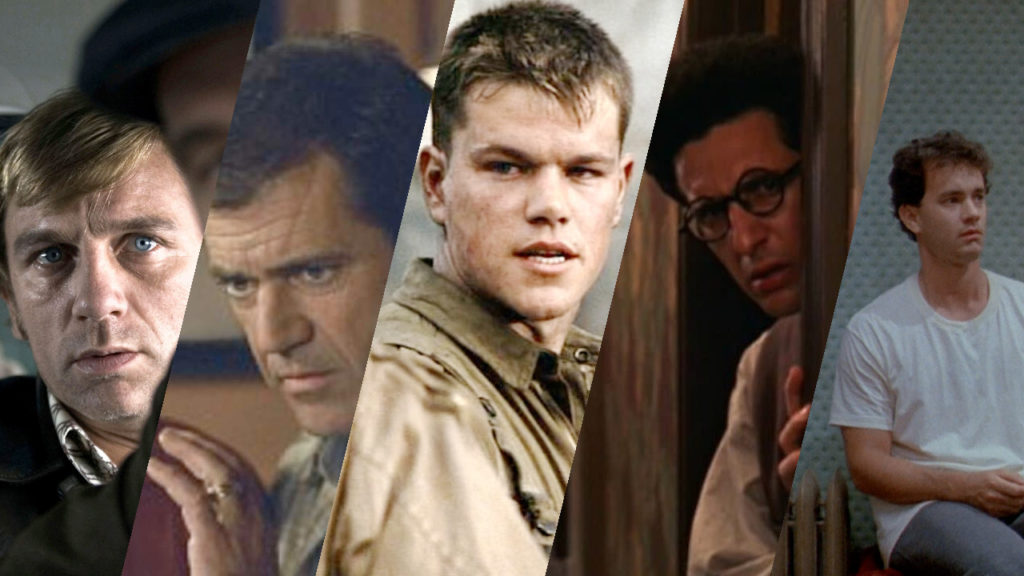5 times films used off-screen sound to tell the story by Soundsnap
There’s a classic quote that is often attributed to George Lucas that ‘Sound is 50% of the film experience’. We’re inclined to agree. There is no easier tool to help with world-building than sound. Humans can only view one image at a time, but we’re capable of processing multiple sounds at once.

Off-screen elements are often used within film & television to help fill out the on-screen story. Here’s a look at five films that have used off-screen sound to help build the world and tell the story of the scene.
BIG (1988 – Jerry Ross, Supervising Sound Editor)
In this scene we see Josh “settling” into his first night as a grownup in New York City. Without much more on the screen than Tom Hanks, the scene shows the sort of neighbourhood he has moved into. The sound of the street below (gunshot included), and the angry telephone conversation happening in the hallway outside his room help drive home the fear that a young boy would have in that situation away from his parents.
SIGNS (2002 – Richard King, Supervising Sound Editor)
In Signs, we join the Hess family as they are standing in the hallway as the aliens make their way around the outside of the house trying to find a way in. You can really feel the reality of the situation in the way the sound moves around as they eventually make their way to the roof. The sound department does such an efficient job, we hardly need Joaquin Phoenix announcing their position to know what’s going on.
BARTON FINK (1991 – Skip Lievsay, Supervising Sound Editor)
When the titular character of this Coen Brothers movie suffers with a bout of writer’s block, we hear the faint sound of the only other person in the hotel bellowing with laughter. Barton Fink calls down to reception, then we hear the phone ring in the next room. The neighbour takes the call, and then we hear the moving footsteps as the characters come towards their first meeting, all while focussing on the reaction of the main character. There are so many more reasons why this film is a sound design masterpiece, but this breakdown says much more than we could about it’s brilliance.
MUNICH (2005 – Ben Burtt, Supervising Sound Editor)
https://www.youtube.com/watch?v=A_w6FTbeL8k
There aren’t many film scenes that could be watched with your eyes closed that could evoke as much tension as this scene portrays. We enter the film as a team of assassins are about to take out one of their targets with a bomb built into an apartment telephone. The mission is clearly well-planned, but the audience can see (and hear) several ways that everything nearly goes wrong. Pay attention to how we learn of the mother and daughter leaving the apartment just by hearing them get closer to the street, or how the whole sound of the scene changes right before the near-explosion.
SAVING PRIVATE RYAN (1998 – Richard Hymns, Supervising Sound Editor)
This scene is right at the climax of the film – the troops have just found Private James Ryan and are now preparing to hold off an attacking tank platoon. The ensuing battle scene is one of the most immersive in film history as the drone sound of the tanks remains a constant even when we don’t see them, and as the mixture of ammunition, clanging debris, and shouts fill the sound fields.
About The Author
We are the biggest subscription based source for sound effects, and we love to hear our sounds in your work. We’ve just celebrated adding over 80,000 new effects to our library, taking our total (at the time of writing this) to 368,490! With our annual subscription you can get access to the whole sound effects library for just $199, or pay as you go for as little as $3 per sound.
